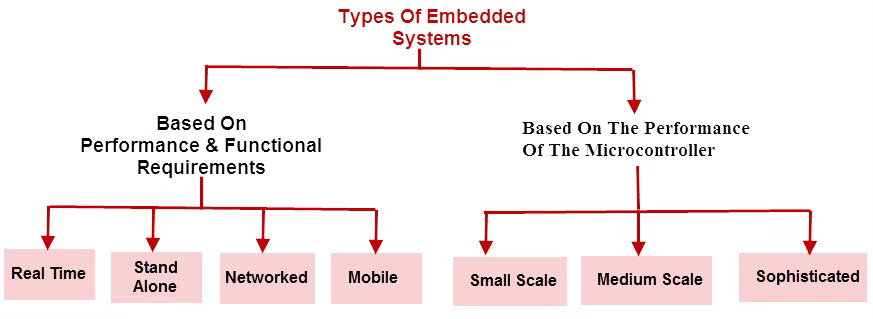Exploring Embedded Systems: A Journey from BITS to Bytes
A short excerpt explaining the everyday tasks in embedded systems, the skills required and how BITS can help
Embedded systems serve as the existential bridge between hardware and software. A career in embedded systems requires a deep understanding of computer architecture, digital electronics and real-time operating systems.
Embedded systems engineers design and assemble practical hardware models that are used in consumer electronics, industrial automation, telecommunications and other domains. Their work includes defining the architecture of several layers of electronic devices such as microcontrollers or processors, determining system components and interfaces and optimising power and system constraints for the most efficient execution.
Some technical tasks associated with embedded systems are software development, device driver development, hardware design and prototyping, RTOS(Real - Time Operating System Configuration), communication protocol implementation, etc.
Where does the industry stand?
Several reputable tech companies such as Texas Instruments, NVIDIA, Intel, Philips, IBM, etc. recruit engineers from this field to sustain the architectures designed by them. As of 2022, the worldwide embedded systems market was valued at USD 162.3 billion and is anticipated to reach USD 258.6 billion by 2032. Due to the IoT revolution, there is speculation that embedded systems in its current state is what IT was in the 1990s. The average salary of an embedded systems engineer in India ranges from 4 - 9 LPA for 1 - 2 years of experience. These numbers vary with education and experience.
This is where BITS comes in!
BITS supports the embedded systems ecosystem and provides several avenues to build the foundational knowledge base for a career in the same.
Software for Embedded Systems(CS G523): This foundational course provides the basic building blocks for understanding embedded and real time systems. It elaborates on the model driven development of hardware systems using languages and compilers to build operating systems for embedded software.
Course Handout: CS G523Network Embedded Applications(EEE G627): This course covers the three driving forces of IoT systems - Wireless Sensor Networks, Industrial and Building Automation Networks and Vehicular Networks. It enlightens the students on standard network simulation tools for active development of embedded networks.
Course Handout : EEE G627
Skills:
Programming Languages - Proficiency in C/C++, Python and additional knowledge of Verilog/VHDL.
Embedded Systems Architecture - Knowledge of microcontrollers, microprocessors, memory types and communication interfaces.
Hardware Design and Prototyping - Familiarity with hardware design principles and electronic circuits and schematic capture tools
Debugging and Troubleshooting - Strong problem solving skills and ability to debug software and hardware issues using debuggers, oscilloscopes, logic analysers, etc.
Documentation - Ability to write clean and efficient technical reports to communicate technical requirements with clients regarding systems
Tools:
IDEs - Eclipse, Keil μVision, IAR Embedded Workbench
Version Control Systems - Git, SVN(Apache Subversion)
Simulation Tools - MATLAB, QEMU(Quick Emulator)
Compiler Tools - GCC(GNU Compiler Collection), ARM Compiler
Debugging Tools - GDB(GNU Debuggers), JTAG Debuggers
PCB Design Tools - KiCad, Altium Designer
RTOS and Middleware - FreeRTOS, MQX RTOS
This article covers a broad set of topics related to the world of embedded systems. This is the first of many articles on various domains in the electronics industry which is growing day by day. Stay tuned and subscribe for more!





![What Is A Microprocessor [Basic Concepts of Microprocessors] What Is A Microprocessor [Basic Concepts of Microprocessors]](https://substackcdn.com/image/fetch/$s_!-hHO!,w_1456,c_limit,f_auto,q_auto:good,fl_progressive:steep/https%3A%2F%2Fsubstack-post-media.s3.amazonaws.com%2Fpublic%2Fimages%2Fdad9005b-927b-400c-9e72-eba24fd51408_579x335.png)
